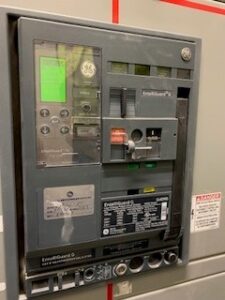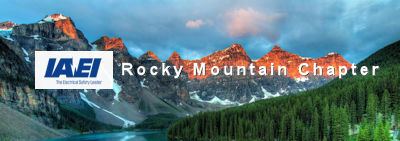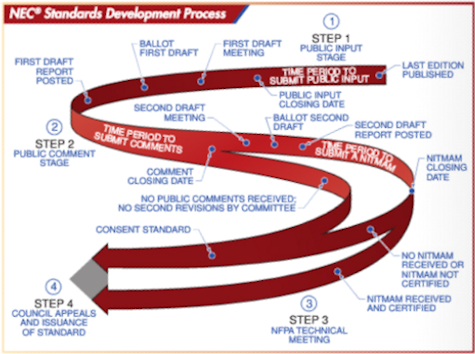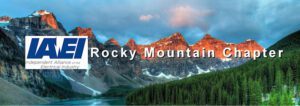2023 NEC Section 310.12 and Sub-Panels
I was recently asked the question:
“Can 2023 NEC Section 310.12 and the corresponding table be used for sub-panels in a dwelling?”
 This question prompted the following blog, highlighting the most common violation in my experience, associated with Section 310.12. The remainder of this blog is my answer to the question, hope you enjoy.
This question prompted the following blog, highlighting the most common violation in my experience, associated with Section 310.12. The remainder of this blog is my answer to the question, hope you enjoy.
Can Section 310.12 be used? Hmmm, I would say maybe, this section has some conditions, the one most often violated being the feeder or service conductors supplying the dwelling, supply all loads associated with the dwelling. Section 310.12 permits feeder and service conductors to be sized in accordance with sub-divisions (A) through (D), in short (A) and (B) require the conductors supply “the entire load associated with a one-family dwelling, or the entire load associated with an individual dwelling unit in a two-family or multifamily dwelling”.
Example of a common misapplication would be a sub-panel supplying only the loads associated with a garage. First off, a garage is not a dwelling, secondly, if the sub-panel only supplies some, but not all loads associated with the dwelling, 310.12 cannot be applied.
It is important to remember 310.12 does not give exception to conductors having an ampacity at least equal to, or greater than the calculated load. Lastly, it needs to be mentioned 2023 NEC Section 240.4(B) may permit conductors to be protected by an OCPD of the same ampere rating as that of Table 310.12.
For example, where a 4/0 AWG aluminum feeder supplies a basement sub-panel, if the sub-panel does not supply all the loads associated with the dwelling, 310.12 is not applicable, however, the ampacity of a 4/0 does not correspond with the ampere ratings of a standard OCPD, and 240.4(B) permits the next higher standard size to be used. In this example it is Section 240.4(B) that permits a 200-ampere OCPD to protect the 4/0 aluminum conductors and not Section 310.12.
Author
Chris Papp


